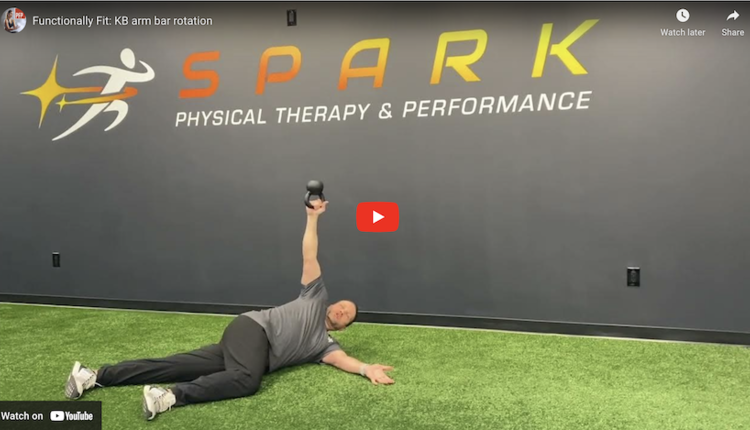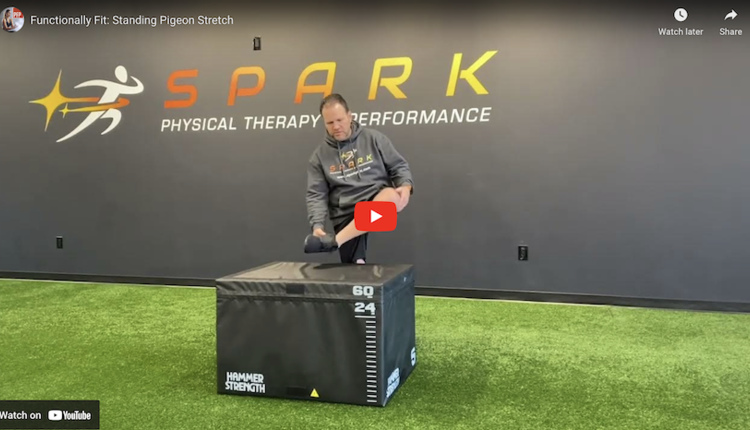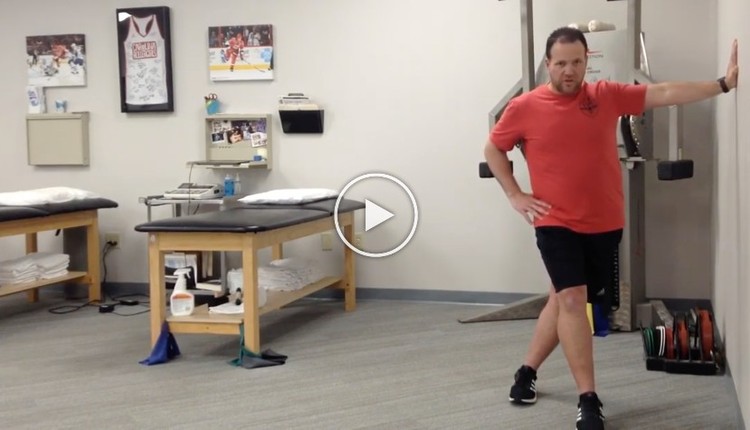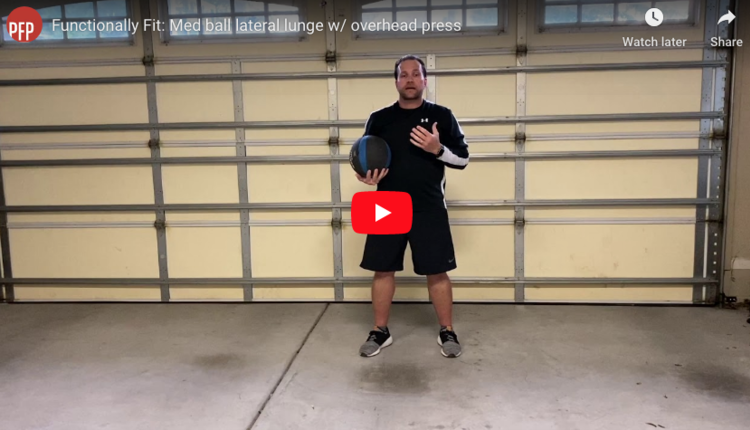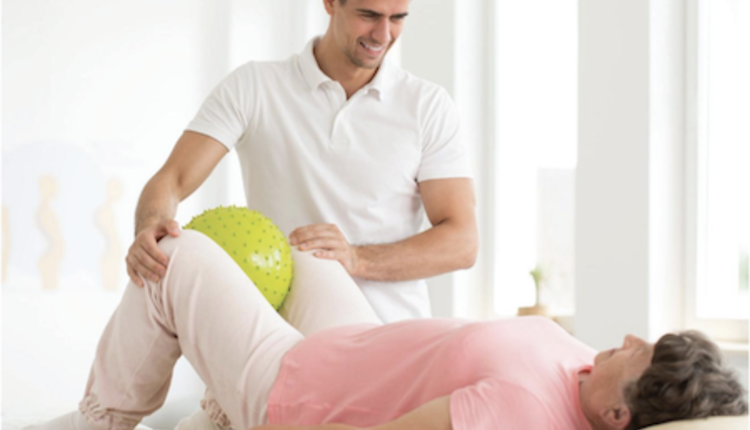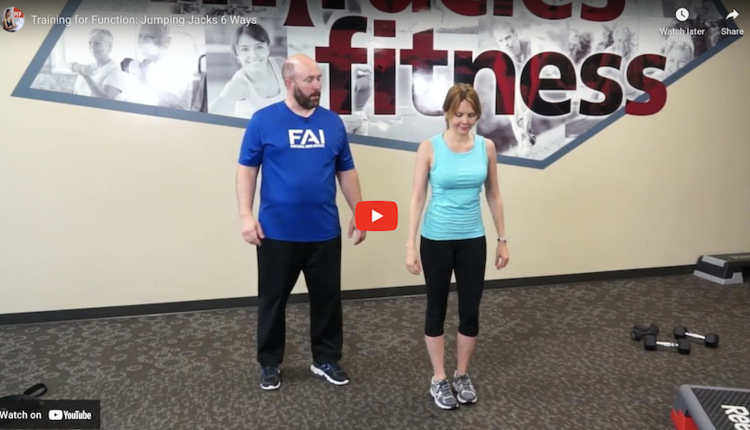
Research has shown that strengthening the gluteus medius is clearly an essential way to reduce anterior knee pain and improve pelvic stability and function. The exercise I am sharing today is useful for improving hip strength and pelvic stability in a closed chain fashion.
Execution:
Execution:
|
|
Application:
This exercise is designed to encourage postural stability on the stance side as well as active abduction on the moving hip. The ability to resist adduction and internal rotation on the stance side is paramount in preventing patellofemoral pain syndromes.
It is common for the tensor fascia latae (TFL) to dominate the gluteus medius (GM). Keep in mind the TFL is synergistic to the GM, but it also acts as an internal rotator, so the external rotation component of hip strengthening is important in preventing dysfunction/imbalances and subsequent kinetic chain breakdowns. The end goal is proper activation of the GM along with increasing postural stability and endurance.
Additional Notes:
Clients may need to work up to this level of strengthening as it can be difficult to maintain proper pelvic alignment. While, you can certainly start with basic non-weightbearing clamshells and abduction lifts in side lying, the following weight bearing progression will be helpful:
1. Skater squat with no resistance and upper body support
2. Skater squat with no resistance and toe touch support
3. Skater squat with no resistance
After mastering this series, perform the same sequence with the mini-band. Focus more on form and less on the amount of resistance. Use verbal, visual and tactile cues to ensure proper form throughout the exercise.
Brian Schiff, PT, CSCS, is a licensed physical therapist, respected author and fitness professional. Currently, he serves as the supervisor at the Athletic Performance Center in Raleigh, NC. Brian presents nationally at several professional conferences and seminars on injury prevention, rehab and sport-specific training. For more cutting edge training information, subscribe to his monthly Training & Sports Medicine Update at www.BrianSchiff.com.
 Begin standing with a mini-band just proximal to the knees. Next, stand on one leg (knee flexed to about 20-25 degrees) keeping the hips level and then slowly cross the free leg behind the stance leg.
Begin standing with a mini-band just proximal to the knees. Next, stand on one leg (knee flexed to about 20-25 degrees) keeping the hips level and then slowly cross the free leg behind the stance leg.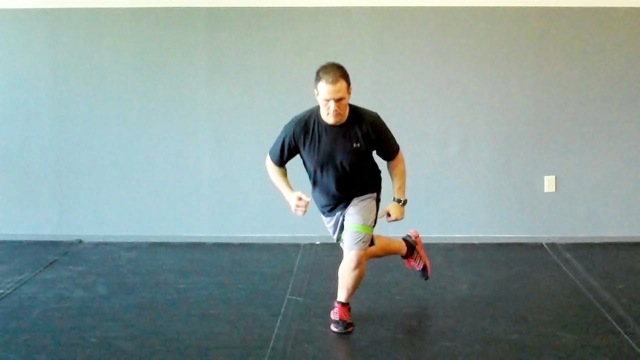 Try not to touch the foot of the moving leg on the floor as you perform the movement. Pause briefly at the end point (determined by mobility and form) and then pull the leg back to the start position so the entire pelvis is level again. Perform 2-3 sets of 10-15 repetitions on each side.
Try not to touch the foot of the moving leg on the floor as you perform the movement. Pause briefly at the end point (determined by mobility and form) and then pull the leg back to the start position so the entire pelvis is level again. Perform 2-3 sets of 10-15 repetitions on each side.


